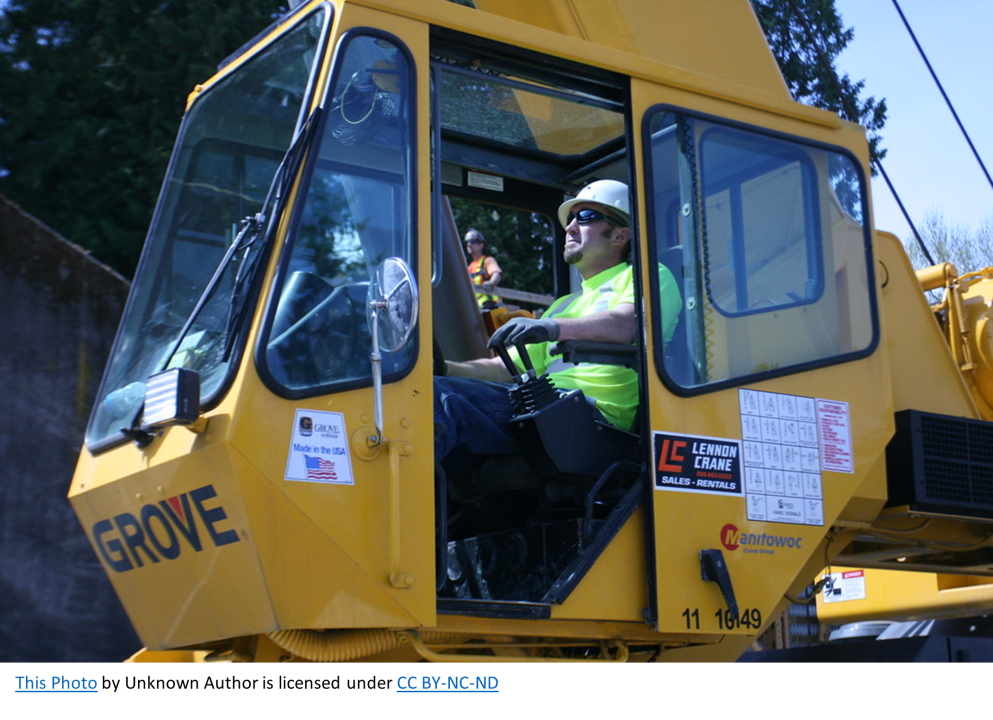
April 11, 2025
The Importance of Safe Crane Operation, Reporting Unsafe Conditions, and Training in the Workplace
By: Emery & Karrigan, Inc.
Est. Read Time: 2 Min
As an employee, you have a variety of responsibilities that help ensure a safe and productive work environment. In this article, we will discuss three important employee responsibilities: operating cranes safely, reporting unsafe conditions, and participating in training.
A. Operating Cranes Safely
For employees who operate cranes, it is essential to follow proper safety procedures to prevent accidents and injuries. Some best practices for crane safety include:
1. Conducting pre-operation inspections: Before operating a crane, employees should thoroughly inspect the machine for any visible damage or defects. This can include checking for loose or missing bolts, damaged cables or hoses, and worn or cracked tires.
2. Maintaining proper load capacity: Employees should never exceed the crane's load capacity, as this can cause the machine to tip over or fail.
3. Using proper rigging techniques: Proper rigging can prevent loads from falling or shifting during operation. Employees should ensure that the load is securely attached to the crane and that the rigging equipment is in good condition.
4. Paying attention to surroundings: Employees should always be aware of their surroundings when operating a crane. This can include avoiding overhead power lines and being aware of other workers in the area.
By following these best practices, employees can help ensure that cranes are operated safely, reducing the risk of accidents and injuries.
B. Reporting Unsafe Conditions
Employees have a responsibility to report any unsafe conditions they observe in the workplace. This can include anything from a slippery floor to a malfunctioning piece of equipment. By reporting these conditions, employees can help prevent accidents and injuries from occurring.
Reporting unsafe conditions can involve speaking with a supervisor, filling out a safety report, or using an online reporting system. It is important for employees to report unsafe conditions promptly, so that they can be addressed before they cause harm to workers.
C. Participating in Training
Training is an important part of ensuring workplace safety. Employees should participate in any required training programs offered by their employer, such as safety training, equipment operation training, or first aid training.
Employees should also take responsibility for their own ongoing training and education. This can involve attending conferences or workshops, reading industry publications, or seeking out additional certification or training.
By participating in training, employees can improve their knowledge and skills, reducing the risk of accidents and injuries in the workplace.
Conclusion
As an employee, you have a variety of responsibilities that help ensure a safe and productive work environment. By operating cranes safely, reporting unsafe conditions, and participating in training, you can help prevent accidents and injuries, protecting both yourself and your co-workers. By taking these responsibilities seriously, you can make a positive contribution to your workplace and ensure that everyone stays safe and healthy.
%20(1).png?width=779&height=349&name=image%2033%20(2)%20(1).png)
